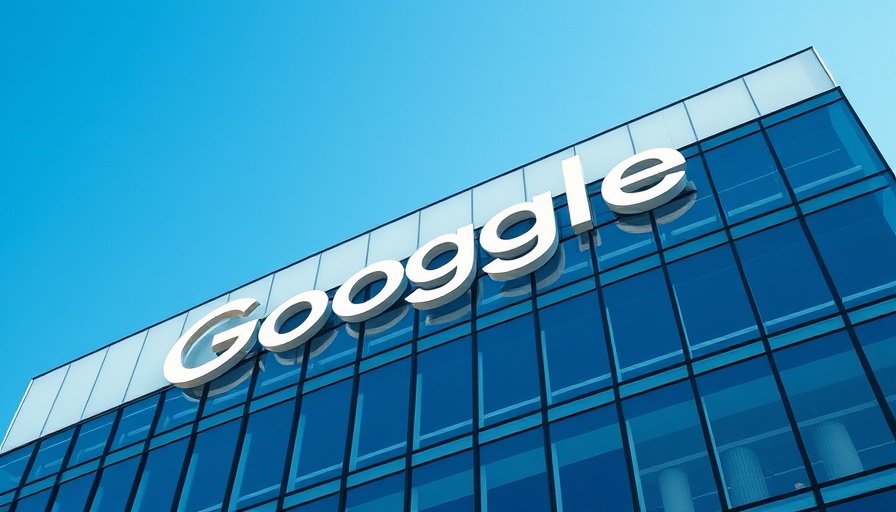
Understanding the Fractured OpenAI-Microsoft Alliance
The relationship between OpenAI and Microsoft, once seen as a dynamic partnership poised to reshape the tech landscape, appears to be unraveling. Recent reports hint at growing tensions, characterized by OpenAI's contemplation of publicly accusing Microsoft of engaging in anticompetitive practices. This potential rift raises critical questions about the balance of power in the AI ecosystem and the implications for healthcare and technology innovators.
Antitrust Considerations in Tech Partnerships
Reports suggest that OpenAI is exploring the possibility of seeking federal regulatory intervention to review its existing contract with Microsoft. As healthcare technology increasingly relies on advanced AI tools, regulatory scrutiny becomes pivotal. The burgeoning concerns about monopolistic behavior highlight the need for vigilance in partnerships where major players control critical technology and data.
The Implications of Intellectual Property Struggles
OpenAI's $3 billion proposed acquisition of Windsurf has escalated tensions, as there are fears that Microsoft could leverage Windsurf's technology to enhance its own AI coding tools, such as GitHub Copilot. This situation underscores a significant concern regarding intellectual property rights, especially crucial in sectors like healthcare where proprietary algorithms can lead to competitive advantages. How OpenAI navigates this acquisition could reshape its operational model and influence innovation in medical technology.
Reducing Dependency on Cloud Services
Signs show that OpenAI is working to cut its reliance on Microsoft's cloud infrastructure. For healthcare IT professionals, this is particularly relevant as the ongoing transitions in cloud services directly affect data management and security protocols. Organizations must stay abreast of these shifts to optimize their cloud strategies.
Future Trends in AI Partnerships and Healthcare Innovation
The potential fallout from this fracturing partnership could serve as a cautionary tale for other tech companies in the healthcare sector. As innovation accelerates, understanding the complexities and dynamics between key players will be essential. The outcome could influence future collaborations and regulatory frameworks guiding how healthcare technologies evolve.
In a time when the integration of technology in healthcare settings is paramount, staying updated on such inter-corporate relationships is crucial. For healthcare providers and administrators, these developments may affect the tools and technologies they choose for improving patient care.
 Add Row
Add Row  Add
Add 




 Add Row
Add Row  Add
Add 

Write A Comment